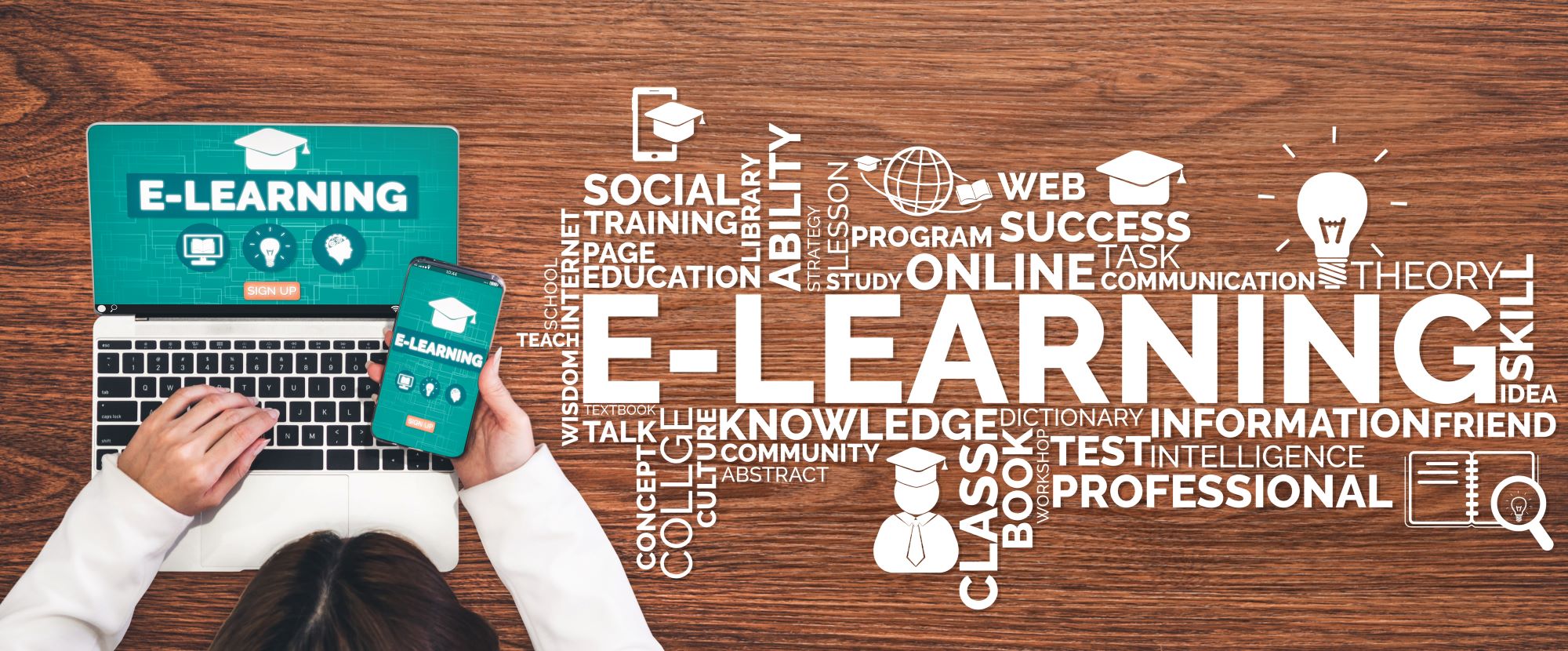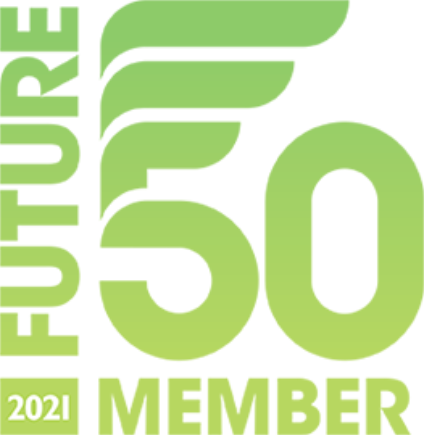

Elearning is widely considered a more cost-effective training method than in-person Learning and Development courses. Now, with technological developments increasing interactivity and learning options, companies are keen to invest in elearning content and new innovative platforms.
New elearning content is supporting hybrid working and with employees increasingly working remotely and distributed across the globe elearning content is often the first choice for learning content.
Elearning is increasingly seen as a popular choice for the deployment of learning content for organisations of all sizes. It allows for rapid deployment of content across multiple locations and will often support multiple languages.
There are two main types of elearning content available. Off-the-shelf and custom content. In this article we review the differences between the two and explain the advantages and disadvantages of each to allow you with the ability to make the best possible informed purchase decision for your Learning and Development requirements.
Custom and Off The Shelf Content
Custom elearning content is specifically designed around a subject – usually for a single organisation, their policies, workflow, process and is often aligned to a specific Learning and Development requirement. Whilst custom elearning courses can cover any projects they are normally commissioned for a very specific content requirement. Companies or organisations will develop their own custom content because they have very specific learning requirements relating to the content or have a very specific content requirement that hasn’t been met by an off the shelf course.
It is not unusual for a company to develop a custom course that meets a niche content requirement and take this to the market and sell it to cover their development costs.
Custom content development ensures that every detail is covered to meet the requirements of a business and is typically owned by them for only their own use. Deployment of their course will be via the company Learning Management System (LMS) or Learning Experience Platform (LXP). The content can still be updated to ensure that it is up to date and relevant. This can be carried out internally or externally via the elearning development partner.
Branding, colours, graphics and any specific requirements can all be accommodated within the custom development, but this will all add to the project budget so there are often a number of decisions to be made as the client works through the initial specification and project cost phase.
Off-the-shelf elearning content are created by subject matter experts rather than those working for a particular company and where appropriate, are accredited by relevant industry body experts.
Off-the-shelf course content is usually available for immediate download or completion and while traditionally only available on the provider’s own website is often now suitable for external LMS integration. It is no longer necessary that you have to have your own LMS/LXP to access an elearning library with the advances in cloud computing and content management allowing you to have access to content via the cloud.
The nature of generic course content like this is that it appeals to a broader audience than just those employed by a single business. There is often a misconception that such courses are only on very general topics because of their varied applications and appeal – but in truth, the sheer amount of such courses available now means that more specialised content areas are now covered too.
The design, creation and delivery of all training courses is a heavy process on finances, resources and business time. The real difference between off-the-shelf elearning content compared to that custom created is really where this cost lies.
Custom content is a lengthy process, involving initial analysis, design, production and numerous review phases alongside specialist staff for each process – and this is all before any industry accreditation body can be involved.
This often increases the budget for custom elearning solutions and increases the timeline for projects. This does not mean that custom projects should not take place but companies need to consider the proposed timeline, internal resources required and continued investment throughout any required rounds of amends or updates.
Off-the-shelf elearning content, however, requires no such development time by those responsible for delivering the training as these processes are all completed by the elearning provider.
Content will be updated periodically in line with best practices processes and any specific curriculum revisions, this will be managed externally and should not require any intervention from the organisation or individual purchasing the course content. This saves not just on significant development and deployment time, but also provides the ability for immediate availability once purchased. Many off-the-shelf elearning courses do now allow for some personalisation to be added in although it should be noted that this is not to the same scale as anything created entirely bespoke.
Organisations looking to roll out elearning training courses for their workforce need to balance flexibility, brand customisation, cost, content requirements alongside the need for scalability.
Custom elearning content provides greater flexibility for businesses to incorporate specific branding, scenarios and specific content requirements, such customisations rarely form part of off-the-shelf elearning offering.
There are off the shelf providers that offer levels of personalisation when pre-packaged content is but this does not tend to cover the same degree of customisation as a complete custom project. The key decision point if often content. If you have a very specific content requirement then you are likely to require a custom development project as opposed to making small amends to an existing off the shield course.
Off-the-shelf elearning courses provide easy scalability, can be downloaded and integrated into the LMS or LXP. A library will often come with thumbnails, metadata and resources so that you can populate quickly and you’ll require limited resources to set up the courses.
This allows you to get up and running quickly and have your employees using courses within hours as opposed to weeks. Naturally you might want to provide learning pathways and restrict access to specific groups of users, but essentially you’ll be ready to go. This flexibility and scalability is ideal of organisations of all sizes and allows for a consistent experience regardless of who completes the training, where they complete it and what department they are in.
There is unlikely to be a right answer and you’ll need to work through your content and learning requirements. It is likely that you’ll have a mix of off the shelf courses and custom courses. You might start off with an elearning library and add some custom content over time.
Most organisations use a mix of off the shelf courses and custom content. If you are new to elearning then an off the shelf library will provide you with a range of courses that you can deploy quickly and easily.
If you have a very specific custom requirement then a custom elearning project will be something that you need and this will become part of your learning mix. The decision process will be part of your procurement process and be aligned with your learning requirements.
As a result of the varying and varying nature of businesses and their individual cultures, it’s now fairly common to find a hybrid approach taken toward elearning delivery – with custom course content used for anything specific to the organisation and high-quality off-the-shelf options presented for industry-appropriate, soft skills or more generic training.
The development of technology has vastly benefited elearning providers over the last few years and this has seen the industry blossom into a varied and engaging marketplace full of inspiring course content. There is a range of providers and the quality on offer continues to improve.
This presents organisations with a wealth of off-the-shelf options that can fulfil their internal training needs and matches the standard of many custom content courses, without the need for heavy financial, time or resource investment.
However as organisations choose to proceed with developing their elearning libraries, they can be assured of one thing – the wealth of choice and level of quality behind off-the-shelf solutions is at an all-time high. Such content is worth looking into even if it hasn’t been used before, and in many cases what’s available will surprise and delight!




